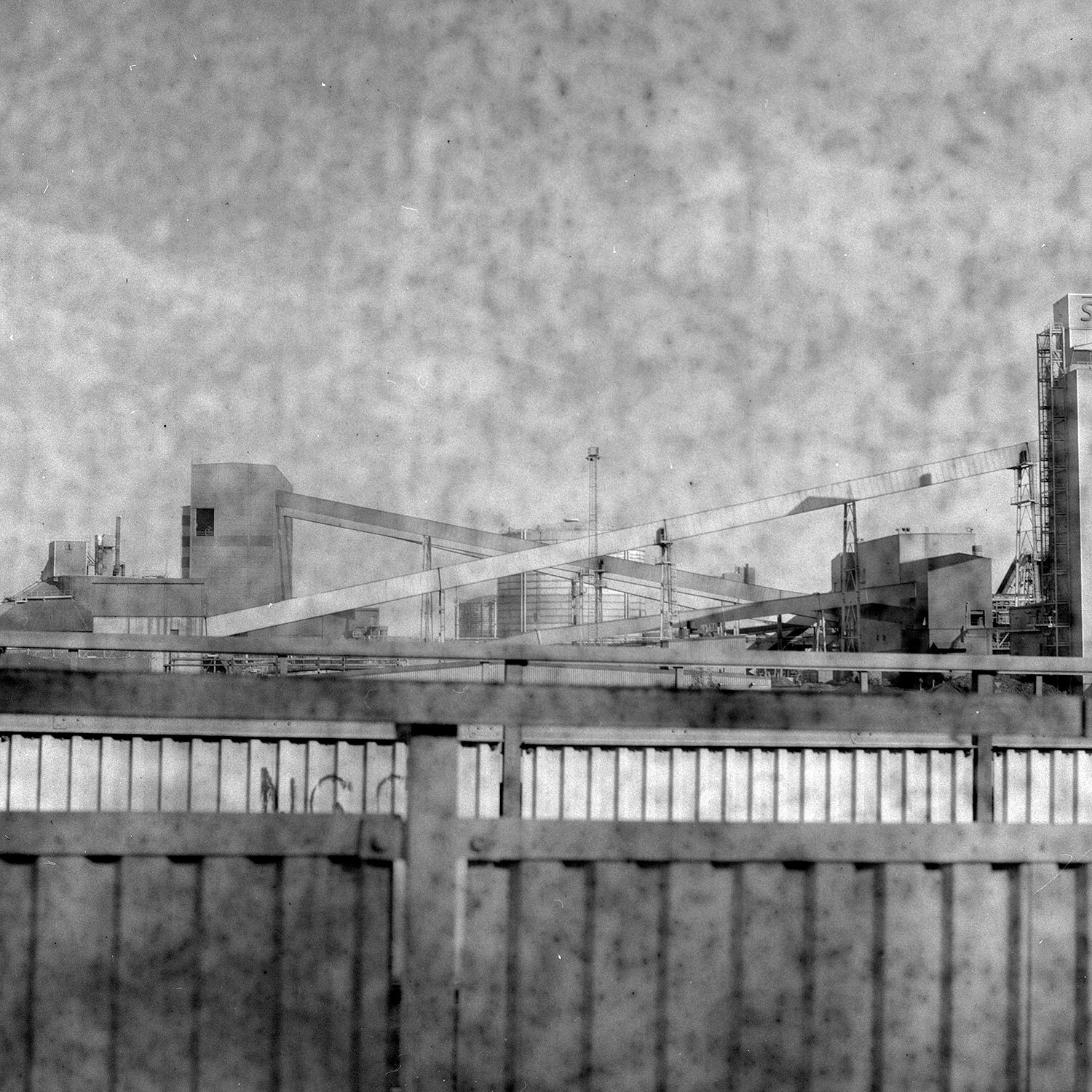Forte is one of those companies that is dearly missed. It used to be a big company that produced photographic paper and film. It got started in 1922 when Kodak decided that they were gonna start up a subsidiary in Vác, Hungary. At their peak they produced 3 million square meters of paper and 1 million square meters of film, every year. They had around 60 different papers and three different films (possibly four, I am uncertain). Fortepan 100, 200 and 400. The fourth one, is something called Portraitpan. I quote: “The main difference between the portrait film and standard Forte Pan 100 is the film coating. Both the base and the emulsion sides of Portrait Pan have a matte retouching surface” (source)
So as I have understood it, Portraitpan is just the regular Fortepan 100 but both sides of the film had a matte surface so you could retouch it. Portrait films went out of fashion when retouching negatives went out of fashion.
I have been for the past year or so trying to find some fresh-ish rolls of Fortepan but it has been difficult. Fortepan was also sold as Orwopan and I found a couple of rolls of Orwopan 100. After opening the box I can confirm that this is indeed Fortepan, exact same backing paper etc.
I shot a couple of rolls of 100 and 200 each, in 120. For some reason this film doesn’t age very well. They seem to have lost a lot of speed even though both are expired at -95 (which is a while ago sure, but not THAT bad). I exposed my first two rolls at ISO25 and this was way optimistic it seems. The ISO200 roll was probably better stored since it had almost no base fog, but everything was way underexposed nevertheless.
Also the emulsion seems to filled with specs and dust, which I cannot explain any other way than it was already there when it came from the factory.. so quality control was probably not the highest priority over at Fortepan in the early 90s.
Here are a few shots from the ISO25 shots. Fortepan 100 was developed in HC110 dil. B for 4,5min and Fortepan 200 for 7,5min. I added 5ml of BZT 1%, which was probably too much at this rating. The Fortepan 100 roll has some base fog, the other roll was very clear.
Next, I tried another stop of exposure, so E.I. 12 together with prolonged development time. I did Hcc10 dil b for 6min for Fortepan 100 and 8min for Fortepan 200. I skipped the BZT this time, and now the negatives are looking much better. The base fog on the ISO100 roll is clearly visible now, but on the ISO200 roll it is nice and purple. However, there are backing paper issues on these rolls too. It reminds me of expired Shanghai, which also gets totally destroyed when it is expired or stored in humid conditions.
Here are some example shots. From Fortepan 200:
And here are some shots from Fortepan 100:
Tonality-wise, both of these look pretty nice. They aren’t super grainy, very creamy nice midtones. But the backing paper feels like Shanghai backing paper, ie. very bad quality. And as I said, there is dust and specs in the emulsion. It is also the curliest film I have ever experienced. It curls so much, every time I open my negative binder the sheet with the Forte200 in it will just jump out and become a roll. It is a shame that Forte doesn’t exist anymore, but these three issues would probably prevent me from having this as my go to film emulsion.
I have 2 rolls left of Fortepan 200 in 120 format, both expired 1992. If anybody wants to give these a try, I will give them to you for free if you pay the postage for it.
This blog post took me over 6 months to complete. I am happy to have it done, it was a hassle to find film to shoot and shoot 4 rolls of film. And none of the images are really usable, it did not feel worth all the effort. I just hate the look of backing paper stuck to the emulsion. Oh well, hope this benefits somebody out there at least. That’s it for this time, please write a comment with your thoughts!








